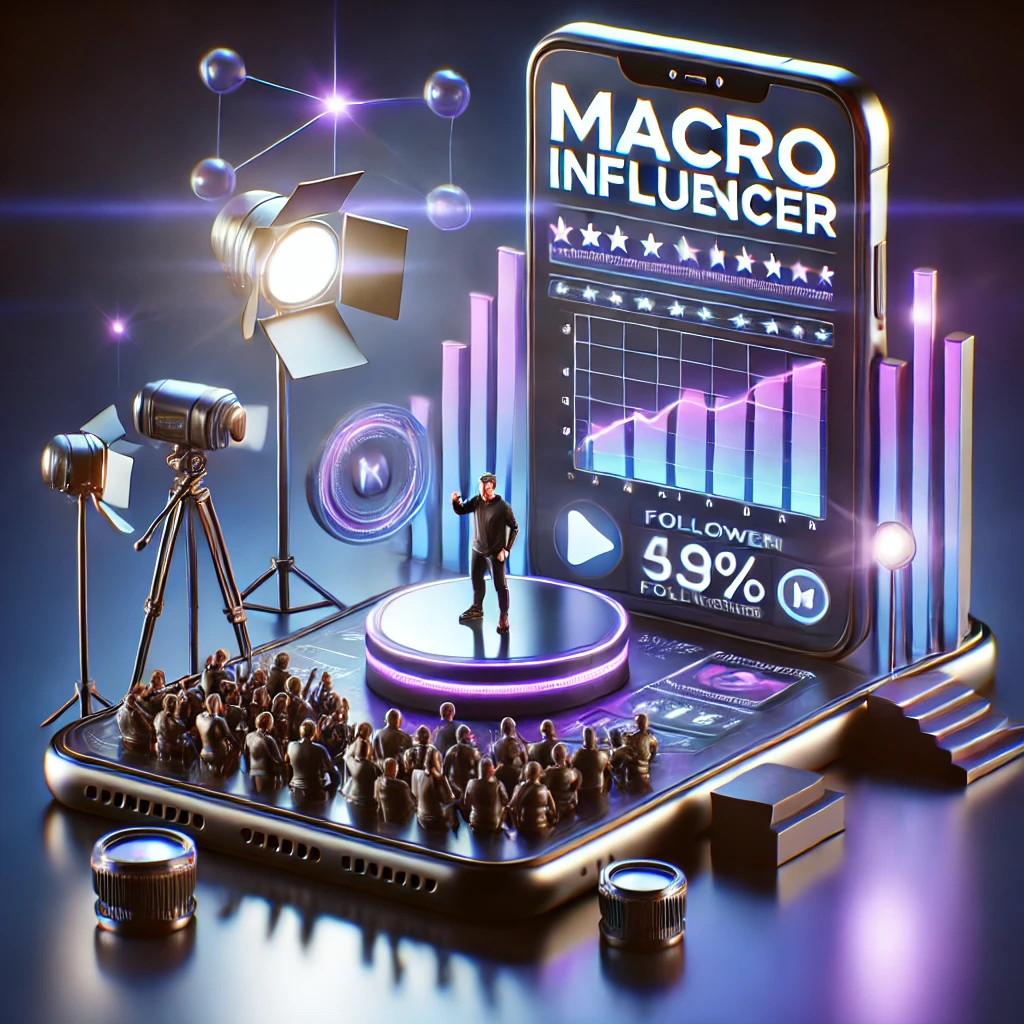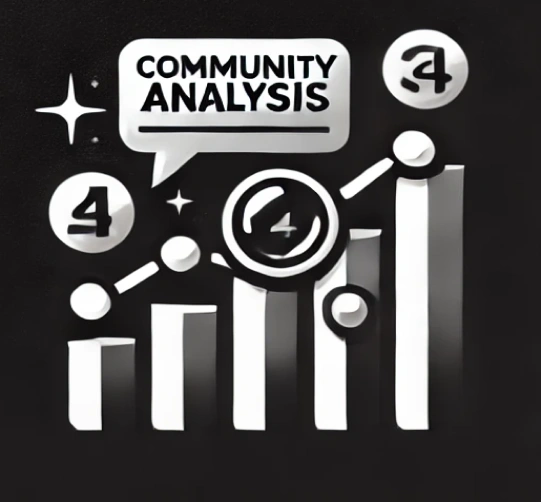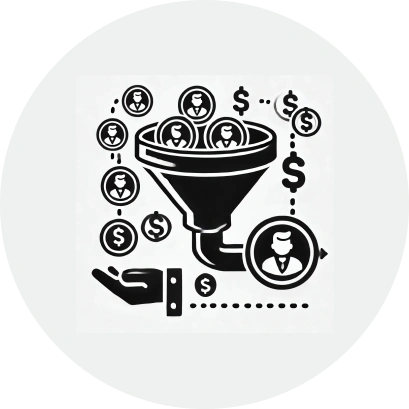In today’s digital landscape, influencer marketing has emerged as one of the most effective ways to promote brands, products, and services. By collaborating with individuals who have established credibility and loyal followings on social media, businesses can reach new audiences, boost engagement, and drive conversions through authentic recommendations. This guide explores the fundamentals of influencer marketing, the different types of influencers, the benefits of influencer collaborations, and best practices for successful campaigns.
What is Influencer Marketing?
Influencer marketing involves partnering with social media personalities who can influence the opinions and purchasing decisions of their followers. Influencers share sponsored content that promotes a brand’s message, products, or services, often through organic storytelling and personal experiences. Unlike traditional advertisements, influencer marketing thrives on trust and authenticity. Followers tend to view influencers as relatable figures, making their endorsements more persuasive than generic ads.
Types of Influencers
Influencers can be categorized based on their follower count, reach, and level of engagement. Understanding these categories helps brands choose the right influencers for their marketing goals.
Definition: Individuals with a smaller, highly engaged audience.
1. personal connections with their followers.
2. High engagement rates due to niche-specific content.
3. Ideal for local or niche markets.


Influencers with a moderately sized following and a strong connection with targeted communities.
1. Authentic and trusted voices within their industries.
2. Cost-effective compared to macro or celebrity influencers.
3. High engagement and conversion rates.
Influencers with a large audience and significant reach across multiple demographics.
1. Industry authority and extensive visibility.
2. Ability to promote major campaigns or product launches.
3. Balanced engagement and reach.


High-profile personalities, often recognized beyond social media platforms.
1. Maximum reach and brand prestige.
2. Strong association with luxury and aspirational brands.
3. Ideal for large-scale, global campaigns.
Key Benefits of Influencer Marketing
Influencer marketing offers numerous advantages for businesses seeking to strengthen their online presence. Here are some of the key benefits:

1. Boosts Credibility and Trust
Influencers are seen as trusted authorities within their communities. When they endorse a brand, their followers perceive the recommendation as genuine, increasing credibility and trust.

2. Expands Audience Reach
Influencers have established audiences that brands may not have access to through traditional marketing channels. Collaborating with influencers helps businesses connect with new audiences, often in untapped markets.

3. Increases Engagement
Influencers understand their followers’ preferences and can create content that resonates. This results in higher engagement rates, including likes, comments, shares, and clicks.

4. Drives Conversions
Authentic storytelling and product recommendations from influencers can drive conversions more effectively than traditional ads. Followers are more likely to trust and act on recommendations that come from a familiar, relatable source.

5. Strengthens Brand Awareness
By partnering with influencers across multiple platforms, brands can increase visibility and awareness. Influencers often share content on Instagram, TikTok, YouTube, and Twitter, amplifying the brand’s message across diverse channels.
Best Practices for Influencer Marketing
To maximize the success of influencer marketing campaigns, brands should follow best practices that align with their goals and values. Here’s a step-by-step guide to executing effective campaigns:
1. Define Clear Objectives
Identify the primary goals of your influencer marketing campaign. Common objectives include:
- Increasing brand awareness
- Boosting engagement and social media followers
- Driving website traffic and sales
- Generating leads or inquiries
2. Choose the Right Influencers
Not all influencers are a perfect fit for every brand. It’s important to collaborate with influencers whose values, content style, and audience demographics align with your brand.
- Research: Analyze potential influencers’ content, engagement rates, and audience demographics.
- Relevance: Select influencers who regularly create content in your industry or niche.
- Authenticity: Look for influencers with a genuine connection to their followers and a history of authentic partnerships.
3. Create a Collaborative Content Strategy
Work closely with influencers to develop content that feels natural and aligns with their style. Provide clear guidelines but allow creative freedom to maintain authenticity.
- Types of content: Sponsored posts, reviews, tutorials, behind-the-scenes content, or giveaways.
- Platforms: Focus on platforms where your target audience is most active.
- Content formats: Use a mix of static images, stories, reels, and long-form videos.
4. Set a Budget and Compensation Plan
Influencer marketing budgets can vary depending on the size and popularity of the influencers you work with. Compensation models include:
- Flat fees: A one-time payment for sponsored content.
- Performance-based: Compensation based on engagement, clicks, or sales generated.
- Product-based: Offering free products or services in exchange for promotions.
5. Track Campaign Performance
Measuring the success of your influencer marketing campaigns is essential for optimization. Track key performance indicators (KPIs) such as:
- Reach: The total number of people who see your content.
- Engagement: Likes, comments, shares, and video views.
- Traffic: Website visits generated from influencer content.
- Conversions: Sales, lead form submissions, or other desired actions.
6. Build Long-Term Partnerships
While one-off campaigns can be effective, long-term partnerships with influencers yield sustained results. Ongoing collaborations foster deeper relationships with both influencers and their audiences, creating consistent brand exposure.
Emerging Trends in Influencer Marketing
The influencer marketing landscape is constantly evolving. Here are some trends to watch for in 2025:
1. AI-Driven Influencer Discovery
AI tools are making it easier for brands to discover influencers who match their target audience profiles. These tools analyze metrics like engagement rates, audience demographics, and content relevance.
2. Niche Influencer Growth
As audiences seek more specialized content, niche influencers are gaining popularity. Brands are increasingly partnering with influencers who cater to specific communities, such as eco-conscious consumers or tech enthusiasts.
3. Video-Centric Campaigns
Short-form video platforms like TikTok and Instagram Reels are dominating social media. Influencers are focusing on creating entertaining, informative, and highly shareable video content.
4. Social Commerce Integration
Social media platforms are enhancing their e-commerce capabilities, allowing influencers to drive direct sales. Features like shoppable posts and in-app checkouts are streamlining the path from content to purchase.
5. Authenticity Over Perfection
Audiences are increasingly drawn to raw, unfiltered content. Influencers who share their authentic experiences and vulnerabilities are building stronger connections with followers.
Influencer Marketing : FAQs
Influencer marketing involves partnering with social media personalities to promote your brand to their engaged audiences.
We select influencers based on your target audience, industry, campaign goals, and the influencer’s engagement metrics.æ
We work across platforms like Instagram, YouTube, TikTok, and LinkedIn, depending on your target audience and campaign strategy.
It boosts brand awareness, drives conversions, and builds trust by leveraging the credibility of influencers with your target audience.
Campaigns can include product reviews, unboxing videos, social media posts, stories, or even live sessions.
Yes, we provide detailed analytics to measure engagement, reach, clicks, and conversions from influencer campaigns.
Absolutely. We work with micro and macro influencers to create budget-friendly campaigns tailored to small businesses.














